World Energy
Storage Day
World Energy
Storage Day
PNNL Celebrates
World Energy Storage Day
PNNL Celebrates
World Energy Storage Day
Over the last several decades, PNNL has seized the energy storage challenge and, in collaboration with the Department of Energy (DOE), stakeholders, academia, and industry partners, is creating the next-generation energy storage solutions needed to help meet the nation’s growing demand for electricity and clean energy goals.

At PNNL, we connect cutting-edge fundamental scientists with end-use domain experts to discover and develop new energy storage technologies that can support a future decarbonized world, including a clean, resilient, and reliable electric grid. PNNL’s campus in Richland, Washington, will be home to the DOE Office of Electricity’s new $75-million facility, the Grid Storage Launchpad (GSL)—an innovation and testing facility to accelerate development, validation, and commercial readiness of next-generation grid storage technologies for the power grid.
For transportation applications, we collaborate with researchers across the country to advance vehicle batteries that are more reliable, high-performing, safe, and less expensive. With a goal of more than doubling the energy output per mass compared to existing batteries, PNNL leads national programs like the Battery500 Consortium to improve energy storage for electric vehicles.

Catch PNNL subject matter expert Vince Sprenkle as a panelist on September 22 from 12:00 p.m. to 1:30 p.m. PST (3:00 p.m. to 4:30 p.m. EST) at the Global Virtual World Energy Day Stationary Energy Storage Session where he will discuss DOE storage initiatives, including the Energy Storage Grand Challenge, the Rapid Operational Validation Initiative, and the GSL.
STAY CONNECTED: Always stay up-to-date with PNNL Energy Storage accomplishments and news by signing up for our newsletter.
Below, learn about the research we are doing to better meet clean energy goals and the scientists behind it.
|
|
|
Meet Some of our Energy Storage Power Players
With specific expertise and leadership in key energy storage areas, one way PNNL celebrates World Energy Storage Day is by highlighting some of our “Energy Storage Power Players.”
Meet Cassidy Anderson (battery materials research), Joshua Lochala (fundamental battery research), Matthew Paiss (battery safety and reliability advisor), and Jennifer Yoshimura (advisor). Not only are these four doing great things for energy storage, they are also pretty interesting. Read more about them here!
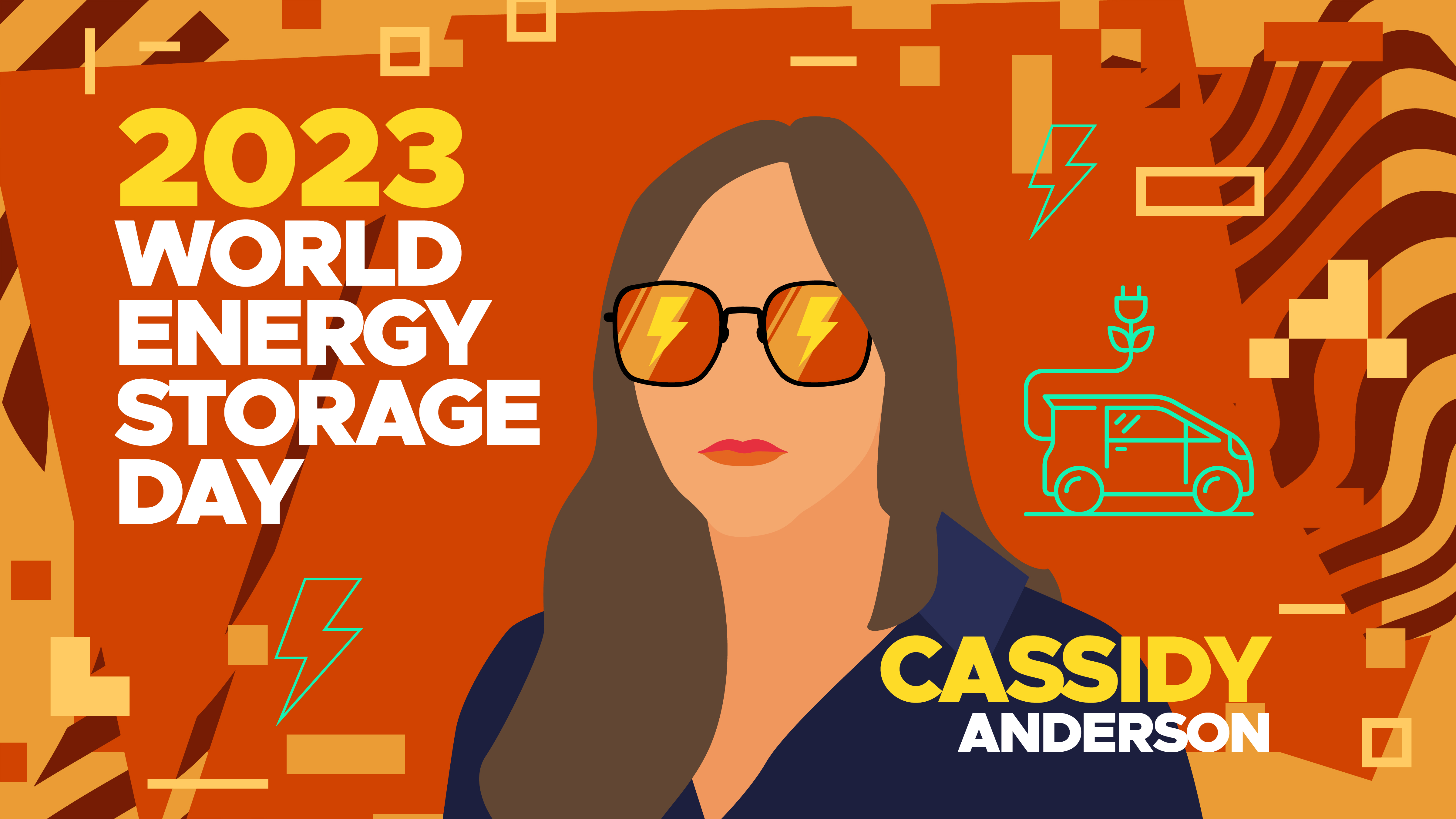 |
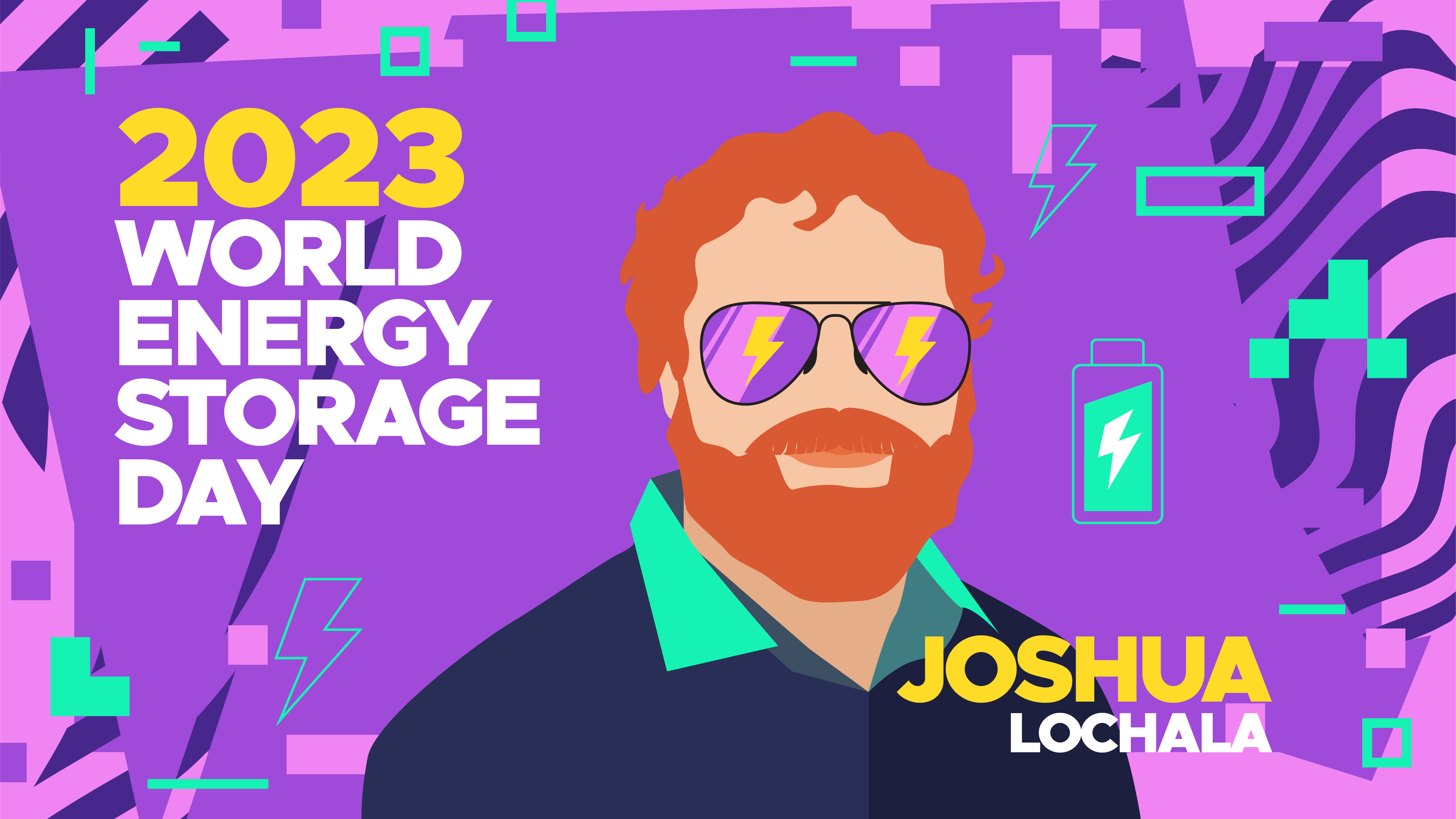 |
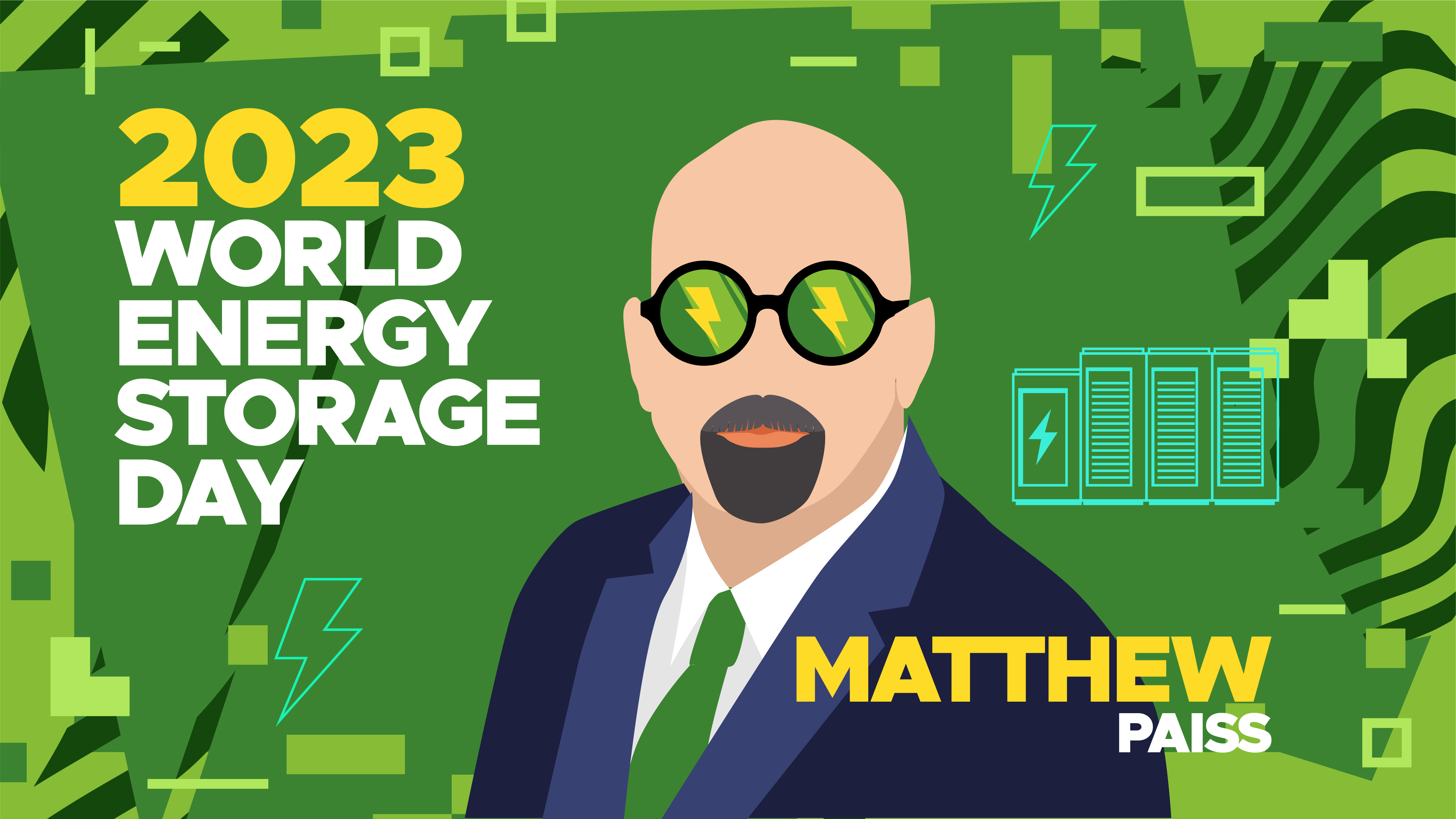 |
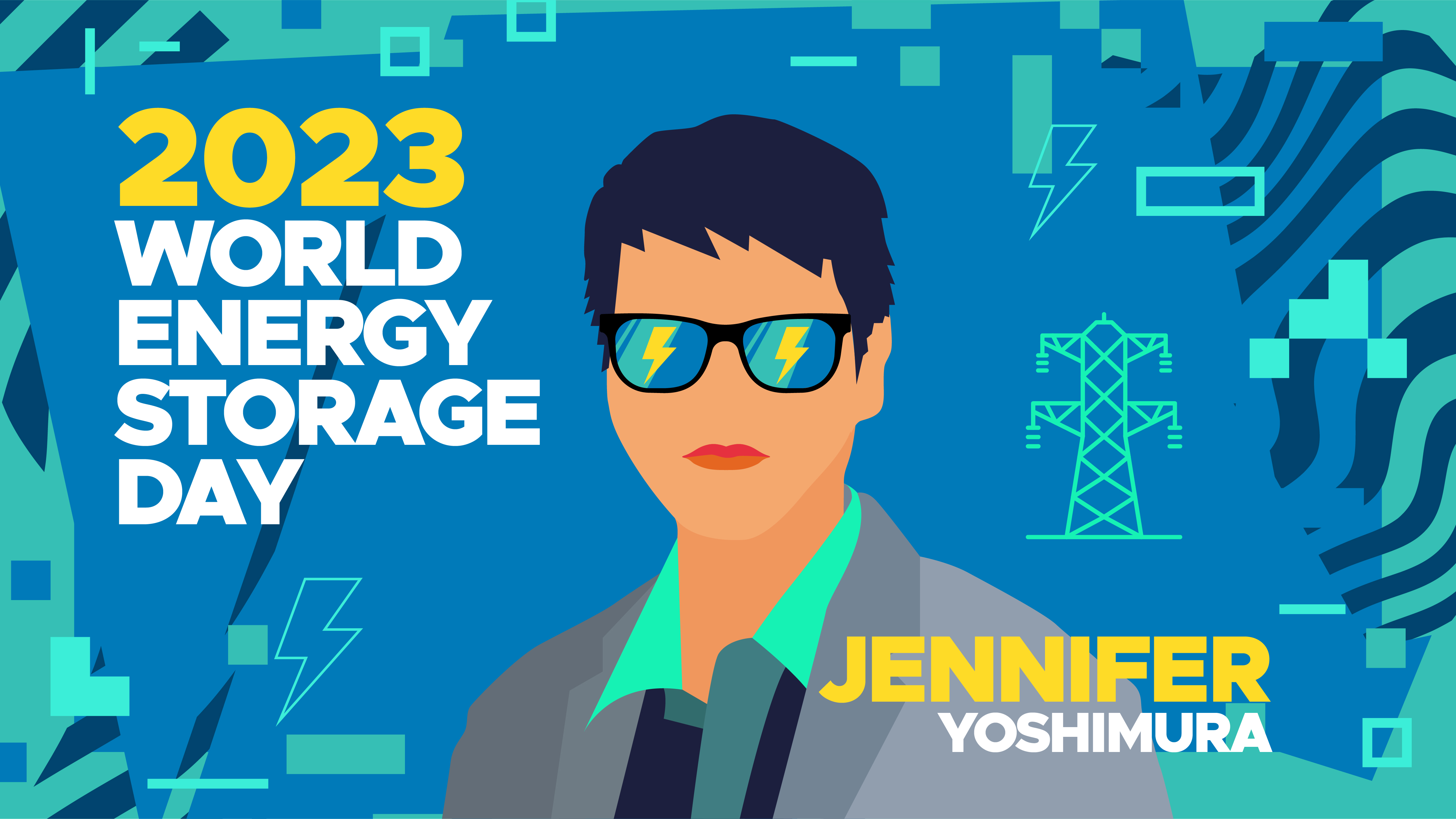 |
What are the different types of batteries?
Batteries were invented in 1800, but their complex chemical processes are still being explored and improved. A growing need to store energy for a variety of applications has given rise to the development of several battery types, with researchers focused on ways to extend their life, expand their capacity, and reduce their costs. Read more about the different types of batteries.
Charging Ahead: 5 Energy Storage Innovations to Watch
|
|
Learn about our new sodium aluminum battery that aims to integrate renewables for gird resiliency, our report on long-duration energy storage, how we're advancing social equity with energy storage, the new $75 million GSL facility, and the IntelliVentTM System that reduces the risk of battery explosions. |
The GSL – Coming Soon!In a decarbonized, electrified future, next-generation batteries will improve the reliability and resilience of the electrical grid while allowing increased integration of renewable energy. These batteries will also be able to provide backup power during or after natural disasters, like ice storms, extreme heat waves, hurricanes, and more. The new GSL facility is opening on the PNNL campus in 2024 and is funded by the DOE Office of Electricity. GSL will help accelerate the development of future battery technology with increased reliability and lower cost. |
|
Energy Storage Day Related Stories
Energy Storage Webinars
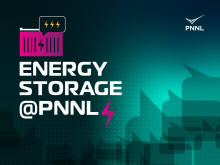
PNNL continues the Energy Storage @PNNL webinar series. Watch the recent webinar on long-duration energy storage and click here for our entire series. Energy Storage @PNNL is brought to you by the DOE’s GSL.
- Click here to register for the September 21 webinar opportunity "Energy Storage for Grid Resilience," featuring experts from Southern California Edison, Avista, and PNNL. Webinar is from 12:00 p.m. to 1:00 p.m. PST (3:00 p.m. to 4:00 p.m. EST).
Spotlighting PNNL's Available Energy Storage Technologies

Examples of PNNL energy-storage technologies include a variety of apparatuses and methods for redox flow, lithium-ion, sodium-ion, and lithium-metal batteries. With our patented innovations, PNNL is knocking down barriers to superior performance and cost prohibitions. Click here to browse our intellectual property and learn more.